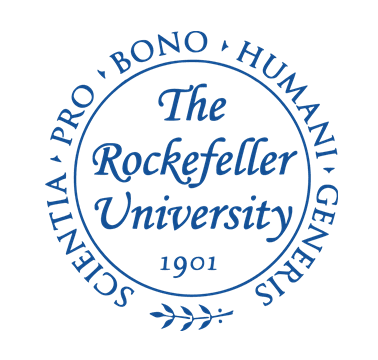Timeframe: 2014 – 2015
Goal: Support series of high priority FLC investigations
Principal Investigator: Sandy Simon, PhD

Study background: In previous work (including the initiatives funded in 2010 and 2011), the study team identified an increase of a patient’s antibodies, in particular the antibody known as IgG (immunoglobin G), in fibrolamellar, sarcomas, and a number of other tumor types.
This 2013 funding agreement was originally meant to expand the previous work in three directions:
- Further develop and refine of the analysis of the accumulation of antibodies in human tumors.
- Develop nanoprobes that improve whole animal imaging while reducing background non-specific signals in the liver, including synthesizing new constructs, and testing them in liver slices and mice.
- Determine if FLC antibodies purified from a patient’s own blood could target their own tumors.
Funding reallocation: Instead, based on the results of the genomic initiative, the funding provided from this grant was diverted to follow up and further elaborate on the chimeric fusion discovery, with the goal of supporting the eventual development of effective diagnostics and therapeutics based on that insight.
Results: The bulk of the FCF funding provided in this grant was used to characterize all other changes in the DNA, the RNA (transcriptome) and the proteins (proteome) in FLC tumors.
The whole genome work, based on the analysis of tumors from 10 FLC patients, determined that the only consistent mutation (seen in all tumors analyzed) was the DNAJB1-PRKACA fusion. There were few other recurrent mutations. Other mutated genes that were found in more than one patient included MUC4, GOLGA6L2, DSPP, FOXO6 and HLA-DRB1. MUC4 was the most common additional alteration, found. It was altered in four patients and has been implicated in several other types of epithelial cancers. The study concluded that FLC has a very low tumor mutational burden in comparison to other adult and pediatric cancers. It has a relatively stable genome, with a single recurrent deletion found in all patients studied, and few additional mutations. Since the only consistent mutation found was the DNAJB1-PRKACA fusion, it concluded that it is unlikely that a “second hit” or other mutations are required for tumorigenesis.

This genomic sequencing work was published in the journal Oncotarget in December 2014. The full text of that article can be accessed here.
The transcriptome work demonstrated that the DNAJB1-PRKACA fusion results in many changes in the expression of different genes. Changes in the expression of genes in FLC tumors (compared to adjacent normal tissue) were detected for over 3,500 genes. Although some expression changes were similar to those in HCC, many were distinct, suggesting that FLC is a unique disease rather than a variant of HCC. It also demonstrated that the transcriptome of any FLC tumor is more like that of another patient’s FLC tumor than it is of the adjacent tissue in the same patient. This strongly demonstrates that FLC is a single disease. In addition, the FLC tissue showed increased expression of oncogenes associated with various cancers including pathways found in breast cancer: ErbB2 (EGF pathway), Aurora Kinase A (AURKA) and E2F3 (cell cycle), and CYP19A1 (estrogen synthesis pathway). These dysregulated genes could potentially serve as targets for treatment of the disease.

The transcriptome work was published in October 2015 in the Proceedings of the National Academy of Sciences (PNAS), a peer reviewed journal of the National Academy of Sciences (NAS). That article – “Transcriptomic characterization of fibrolamellar hepatocellular carcinoma” – can be read here.
Implications: The key insights from this research include:
- FLC is not a genetically inherited disease. The chimeric alternation was found in the tumor but not in the adjacent tissue. It is the result of a one-time “glitch” in a patient’s DNA.
- Fibrolamellar is a single disease, not a collection of different diseases. The patterns of expression of genes in FLC tumors are consistent from patient to patient.
- FLC is distinct from HCC, a finding that should be considered in planning treatment approaches.
- FLC tumors over express several oncogenes (genes that have the potential to cause cancer) already associated with other cancers, which could lead to the identification of new targets for treatment.
In addition, the identification of the role of the Aurora Kinase A pathway in FLC by this study provided justification for a FLC-specific clinical trial of ENMD-2076, a small-molecule inhibitor of Aurora and angiogenic kinases. That multi-center trial, sponsored by CASI Pharmaceuticals with the support of Ghassan Abou-Alfa, MD of MSKCC and other investigators, was conducted from 2016 to 2018. Unfortunately, while ENMD‐2076 showed a favorable toxicity profile in FLC patients, the clinical trial results did not support further evaluation of ENMD‐2076 as single agent to treat FLC. The full results of that study were reported in The Oncologist in 2020.
